
In recent years, academic and industrial research into humanoid and mobile humanoid robots has accelerated worldwide, particularly in the Asian Countries and America. These studies have led to the development of various robotic platforms and significant technological advances in the field. In order to keep up with and surpass these international developments, it is important for Türkiye to develop similar robot platforms and continue its academic work in this direction.
This project aims to develop an AI-based mobile humanoid robot platform named MORIA. The project includes the following main goals and components:
-Mobile humanoid robot platforms: The development of an AI-based mobile humanoid robot is a primary focus. The robot will be designed to have both mobility capabilities and humanoid characteristics.
- Image Processing and AI Applications: Image processing techniques and AI algorithms will be used to enable the robot to perceive its environment and move accurately.
- Autonomous driving and SLAM algorithms: Autonomous driving and SLAM (Simultaneous Localisation and Mapping) algorithms will be implemented to enable the robot to move independently.
- University-Industry Collaboration: The project aims to establish a strong collaboration between our university and industrial organisations. This collaboration will facilitate the integration of theoretical knowledge with practical applications, enabling the development of more efficient and effective robotic technologies.
- Education and Training: The project aims to train undergraduate and postgraduate students who can master and apply these technologies. Through educational programmes and practical applications, the project will improve students' knowledge and skills in this field.
This project will enable Türkiye to compete internationally in the field of robotic technologies and to keep abreast of innovative developments in this field.
Project Team:
Team leader: Asst. Prof. Dr. Nurettin Gökhan ADAR
Researcher: Asst. Prof. Dr. Mustafa ÖZDEN
Phase 1 Activities: In Phase 1, important functions such as communication with humans, answering questions, person recognition, and face tracking have been implemented.
Phase 1 Team (Spring 2024): Barış KÖMÜRCÜ, Faruk Yakut, Hatice Burcu BULDUK, Hüseyin Celil, Muhammed Ataman, Tolga Feridun Bayraktar, Türker Sevilmiş, Gencay Kanat, Rena Alismael Alturkmani, Şakir Dağdelen, Tunahan İnce.
Phase 2 Activities (Summer 2024): In Phase 2, the optimization of algorithms developed in Phase 1, humanoid hand design, and the resolution of mechanical issues have been addressed.
Phase 2 Team: Hatice Burcu BULDUK, Rena Alismael Alturkmani, Ali MADAK, Erkan AYHAN, Halil Can, İlayda IŞIK, Mehmet ANDAÇ, Orkun BAKIR, Salih HOROSAN, Yunus DEMİR, Utku DENER, Sylvian Njimah.
